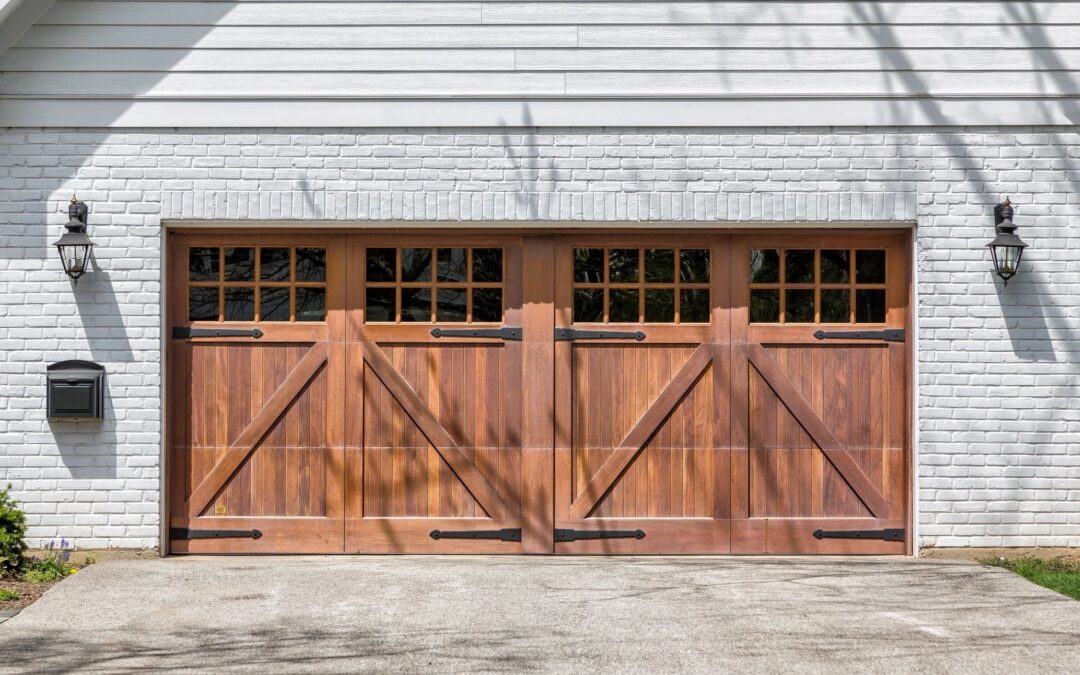By Ryan Mueller, Sachin Patel, and Matt Johnson –
The PTAB recently granted Frameless Hardware Company LLC’s (“FHC”) motion to submit supplemental information to its expert’s original declaration in support of institution. FHC had filed two petitions against Patent Owner, C.R. Laurence Co., Inc. (“CRL”), challenging six total claims of CRL’s patent, U.S. Patent No. 9,074,413 B1 (the ‘413 patent). The ‘413 patent is directed to framing assemblies for glass doors, wall partitions, and other similar structures. Later, upon a joint request by the parties, the PTAB consolidated both IPRs into IPR2022-00356.
With prior authorization, a party may file a motion to submit supplemental information after trial has been instituted in accordance with the following requirements: (1) a request for authorization to file a motion to submit supplemental information must be made within one month of the date the trial has been instituted; and (2) the supplemental information must be relevant to a claim for which the trial has been instituted. See 37 C.F.R. § 42.123(a) (“Rule 123”).
With the PTAB’s authorization, FHC filed a motion to submit supplemental information in the form of a supplemental declaration by its expert, Steven M. Tipton., Ph.D. Dr. Tipton built six physical models of primary prior art references that show a spring action clamping member, which is a limitation required by the claims-at-issue. According to FHC, the supplemental declaration provided additional information about these six models that were discussed in Dr. Tipton’s original declaration.
CRL argued the supplemental information was not relevant because the models are not prior art and the models do not accurately reflect the teachings of the prior art references. CRL further argued the supplemental declaration was untimely because the information should have been in the original petition.
The PTAB granted the motion to submit the supplemental declaration. See Paper 29, IPR2022-00356. FHC had met the one-month requirement, so the issue was whether the supplemental information was relevant. The PTAB cautioned that Rule 123 is not “a routine avenue for a petitioner to bolster deficiencies in a petition called out by patentee,” and FHC must persuade the PTAB the information is sufficiently relevant. Paper 29 at 3. Here, the PTAB focused on how closely the supplemental declaration mirrored the original declaration while providing additional details on the construction of the models and the underlying facts and data for Dr. Tipton’s opinions. Paper 29 at 6-7. The supplemental declaration was relevant because the additional information would aid the PTAB in judging the weight to give Dr. Tipton’s testimony, and it was timely because it expanded on what was already in the declaration and addressed the already disputed construction and testing of the models. Paper 29 at 7-8.
Takeaway: Although Rule 123 is not a “routine avenue” to bolster weaknesses in the petition, a supplemental declaration may be permissible if it closely mirrors the original declaration and provides additional details allowing the PTAB to consider the weight of an expert’s opinions.
Matthew Johnson
Latest posts by Matthew Johnson (see all)
- Delegated Rehearing Panel Sends Lifeline to Mercedes-Benz - June 27, 2025
- PTAB Clarifies Interim Workload Management Process - June 19, 2025
- April 2025 Institution Rate Slips Below 45 Percent - June 6, 2025

